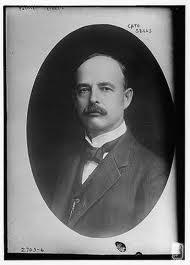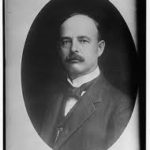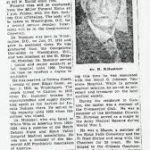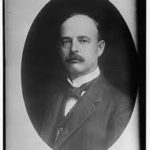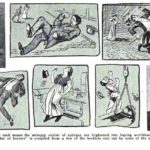Asylum superintendents were very powerful, but they were (theoretically) denied free rein. Most asylums had a board of directors or a board of commissioners to give oversight to the entire asylum, including the superintendent. Boards were often composed of local men who might be assumed to know what was going on, though sometimes board members had to travel from a distance to meet. Not all boards had direct hiring and firing authority, however, and could run into problems controlling or disciplining a superintendent protected by appointment.
At the Canton Asylum for Insane Indians, superintendents reported directly to the Commissioner of Indian Affairs on the other side of the country. No boards met on a regular basis to supervise the asylum, though visiting doctors within the Indian Service occasionally stopped by to inspect and report on the facility. Because they weren’t trained in psychiatry and therefore not competent to discuss patient treatment, most inspectors concentrated on the physical part of the institution, commenting more on its buildings and farming operation than anything else. Sometimes the inspectors were not even doctors, but merely field agents who happened to be in the area. Because of this situation, it was generally easy for superintendents Gifford and Hummer to explain away any problems inspectors might bring up.
______________________________________________________________________________________
